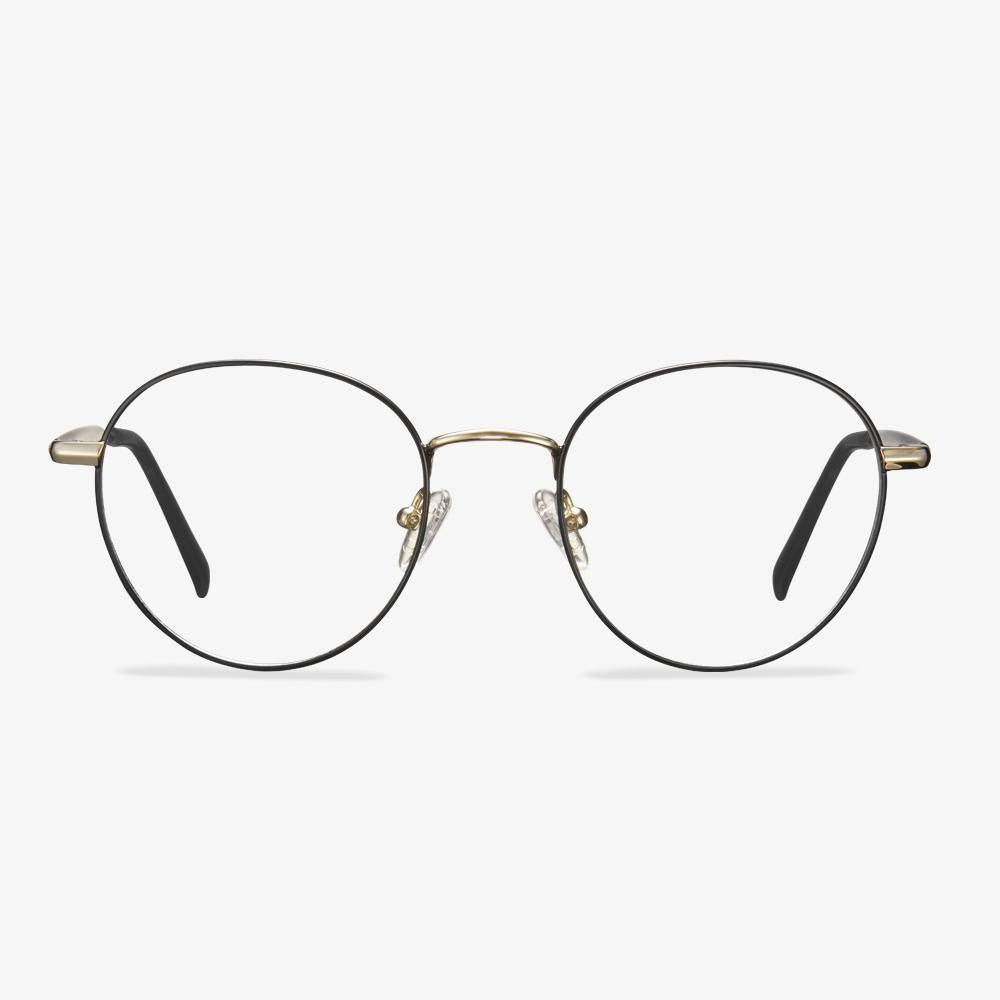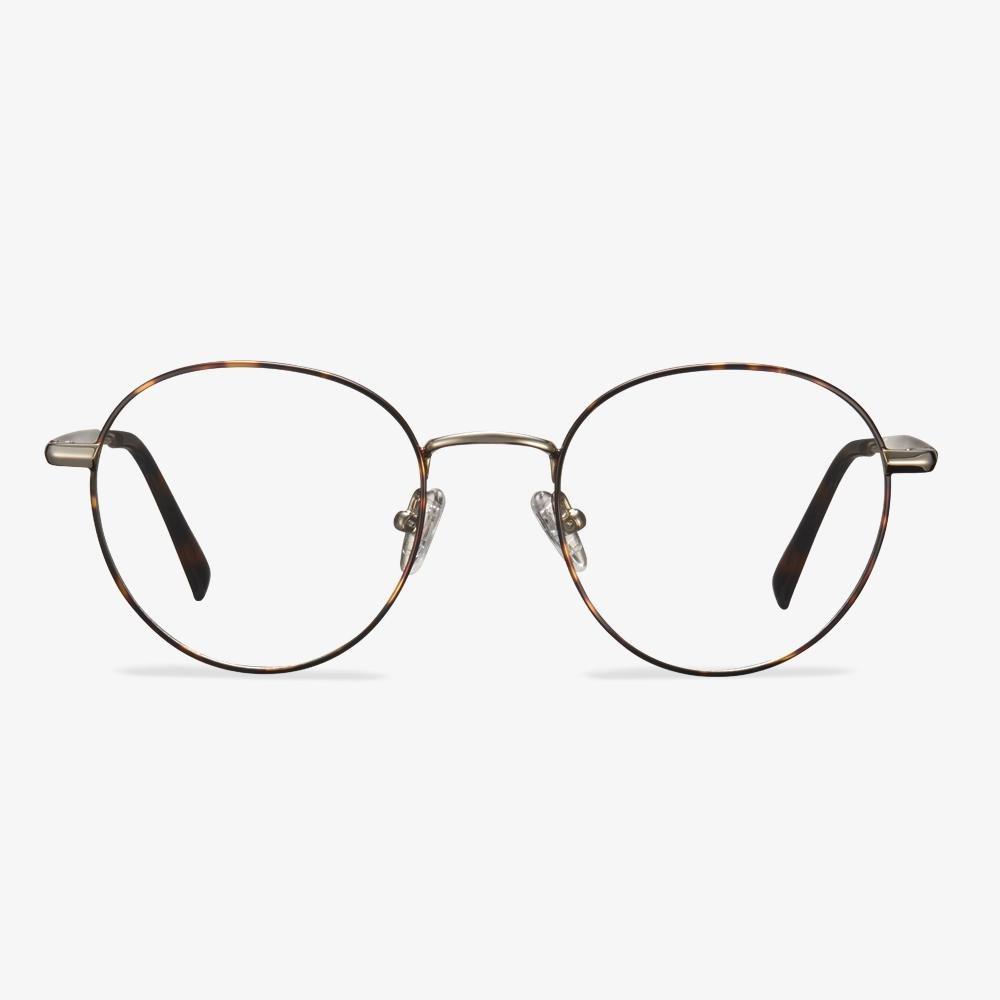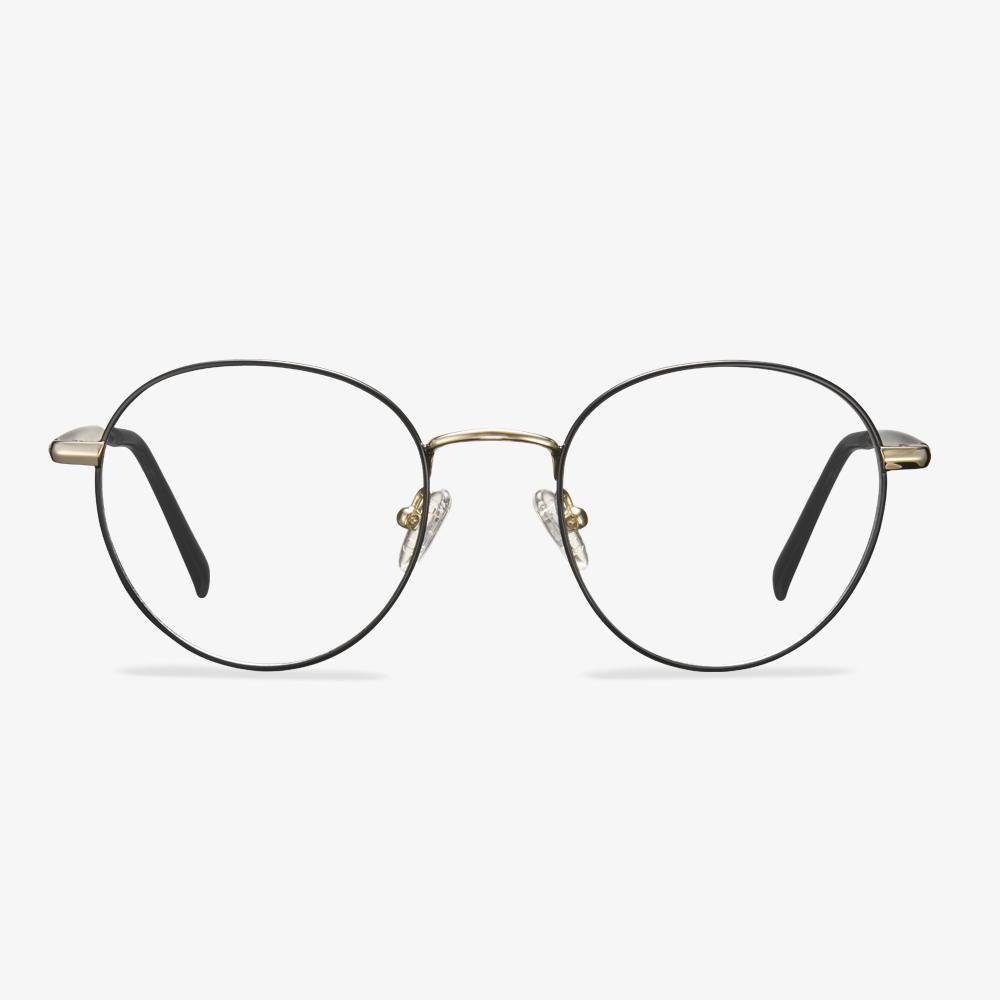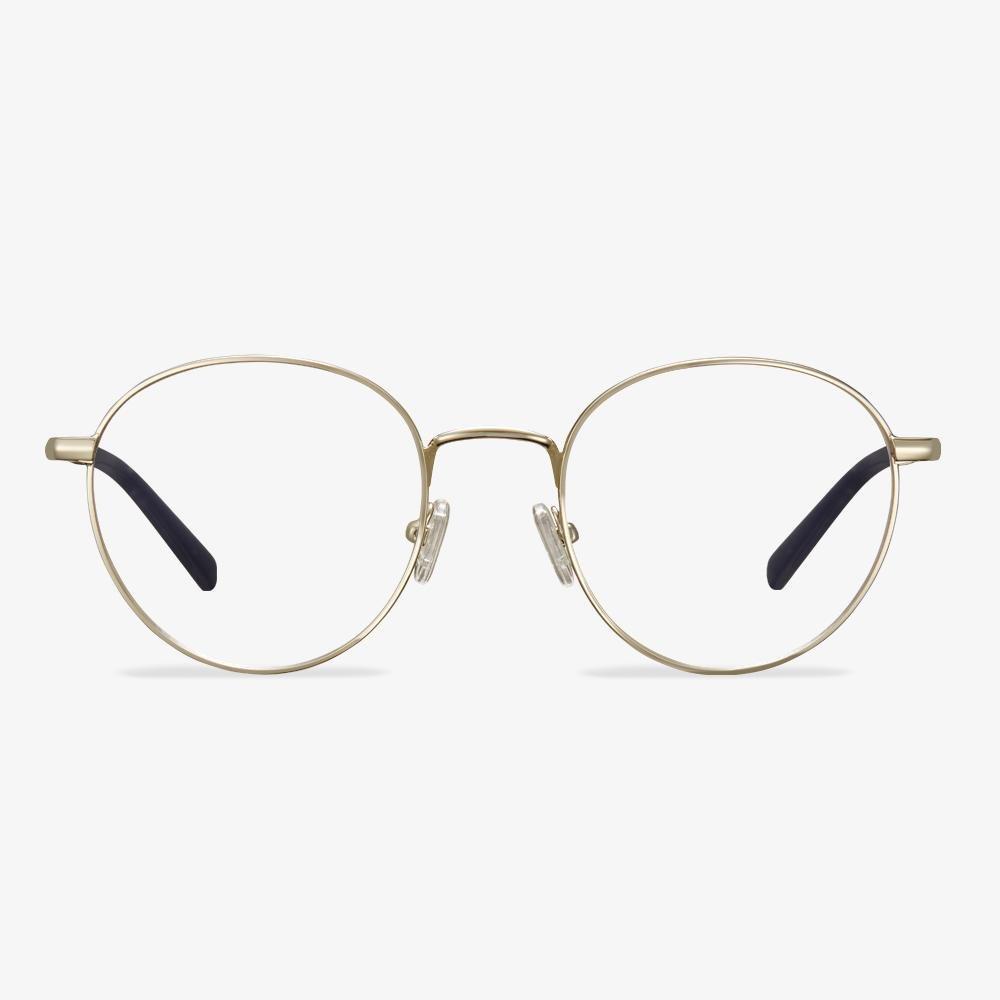Do You Need Plano Glasses?
Many people choose to wear plano glasses or glasses without prescription just for cosmetic reasons, without any need for vision correction. Normally, glasses frames without a prescription come with a pair of cheap plastic demo lenses.
Since there is no corrective effect on plano glasses, some people choose wear plano glasses for protecting their eyes from dust, and other flying objects. In addition, plano lenses come in a variety of protective coatings - anti-glare, scratch-resistant, blue light coating, UV coating to provide all around protection to the eyes.
So, if you want to protect your eyes from some unexpected damage, you can choose to wear the plano glasses and they would not bring any damage to your eyes.
Why does shape memory alloy have memory ability?
It starts with its microstructure. When a metal is solid, its atoms are always arranged in a regular way, forming a lattice. Under different conditions, such as temperature, metal may have a different structure, in which case it is said to be in a different phase. The change from one phase to another is called a phase transition. The properties of a metal change during a phase transition. The temperature at which a metal transforms is called the transition temperature. The difference between a shape memory alloy and other metals is that the phase transformation process in a shape memory alloy is reversible under certain conditions.
Single Vision vs Progressive: What Are Their Differences
With single vision lenses, you can also just use the center of the lenses to avoid prismatic effects if your prescriptions are very unequal for both eyes.
As for progressive vs single vision, they also have differences in frame selection. You will stick to frames when choosing progressive lenses that will provide you with a minimum height of 14mm from the point you are looking through the lenses into the distance to the point you are looking down while you read.
Besides the above differences, they are also some other differences between single vision glasses and progressive lenses. You can choose either one based on your needs. To choose glasses, Koalaeye glasses are recommended. They come in stylish and at a cheap price.
BLUPOND CHOPPER Polarized Driving Sunglasses
It has TAC polarization UV400 high definition lenses and the most progressive anti-glare technology. Increasing street vision, the TAC Polarizing lens is a 7-layer composite system that meets the international UV400 standard. By turning the distorted light into parallel lines, your view will be softer and clearer, making for a more interesting ride. Timeless classic Italian design exudes ingenuity and innovation. A durable frame structure with reinforced hinges gives you a sense of strength and durability, made of the strongest polycarbonate material. It's a fashion statement that's both subtle and sharp.
Why do glasses with the same prescription feel different?
The clarity of the lens changes. In addition to the case of the frame, the lens will be yellow or slightly scratched during use due to long-term absorption of ultraviolet rays, oily contact, dry rubbing by the user, etc., and the clarity of the lens will be affected. However, the clarity of newly equipped glasses tends to be higher, and the comparison between the two will cause discomfort. It is recommended that the new glasses can be used early the next morning. After a night's rest, the eyes will be easier to adapt to the new glasses. Under normal circumstances, new glasses generally require an adaptation period of about a week. After a few days of continuous wearing, the uncomfortable symptoms will disappear.
What are keyhole glasses used for?
The keyhole distributes the weight of the glasses to one side of the nose rather than the top. It's a good choice for those with broad noses. Due to the lack of support at the top, the keyhole design will result in the frame being positioned lower than the saddle bridge frame. If you find that your saddle frame causes your eyes to be located just below the center of the lens area, you may try a wider frame or opt for a keyhole design.
Step-by-Step Glasses Size Guide
In this section, we will show you how to perform glasses measurements. But the first thing is to know what face shape you have. If you do not know, click here to have a check.
Then you need to know where to find the size measurement of your glasses. In general, you will find numbers that look like this 51-17-145 at the temples of your eyeglasses. Of course, these numbers come at different meanings.
The first number often refers to the lens width. Lens width is the horizontal diameter of the lens at its widest point. In optometry, another term is eye size.
The second number often means the bridge width. Bridge width is the part that joins the two lenses and sits over the nose. Some refer to this as the gap. The bridge width varies between 14 and 24 millimeters.
The third number often means the temple length. The temple is the arm that keeps the sunglasses on your face. That arm extends to the part that hangs on the ears. The length is usually 135, 140, or 145 millimeters.
Lens height measures the size of the lens vertically, that is from the top to the bottom of the lens. Although sizes may differ depending on the brand, the standard size is somewhere between 32 and 38 millimeters.


















































